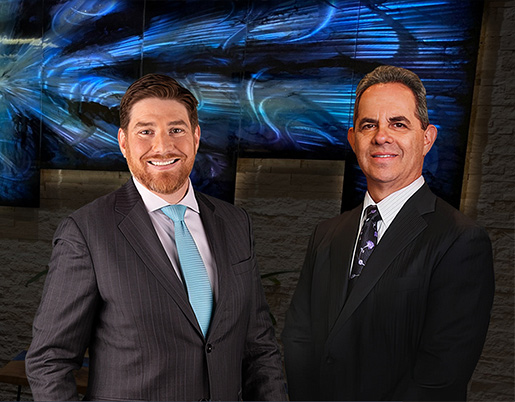David Strickland the administrator for the National Highway Traffic Safety Administration (NHTSA) has announced that the agency is considering mandatory installation of “black boxes” on all cars and trucks. These “black boxes” similar to flight recorders in aircraft will record critical automobile information leading up to an accident. The NHTSA had first encouraged black box technology in 2006, but because of Toyota’s unintended acceleration problems, the NHTSA hopes to make this technology mandatory and the information from these “black boxes” readily available.
Some feel the addition of this technology will only drive up the price of automobiles which will be passed down to the consumer. Others feel it will reduce our privacy rights by allowing our vehicles to be so closely monitored resulting in benefits for the insurance companies and auto makers but not necessarily the drivers of the automobiles. Even today, with technology such as “On star”, the consumer does not have the choice whether they want it on their vehicle and though it can be deactivated, consumers still wonder what information is being transmitted, and how can this information be used against us.






